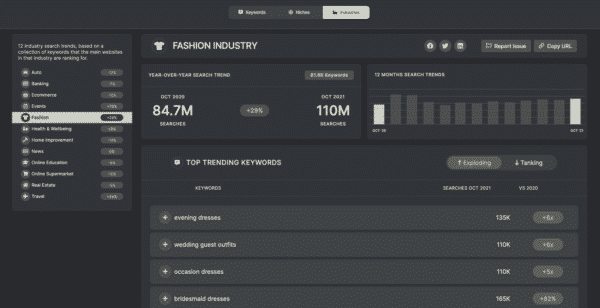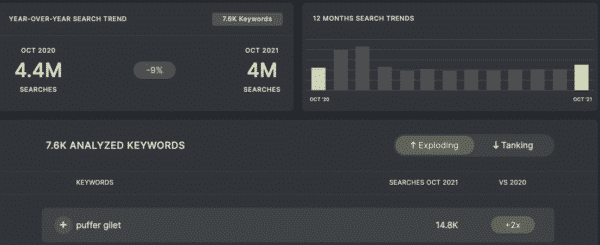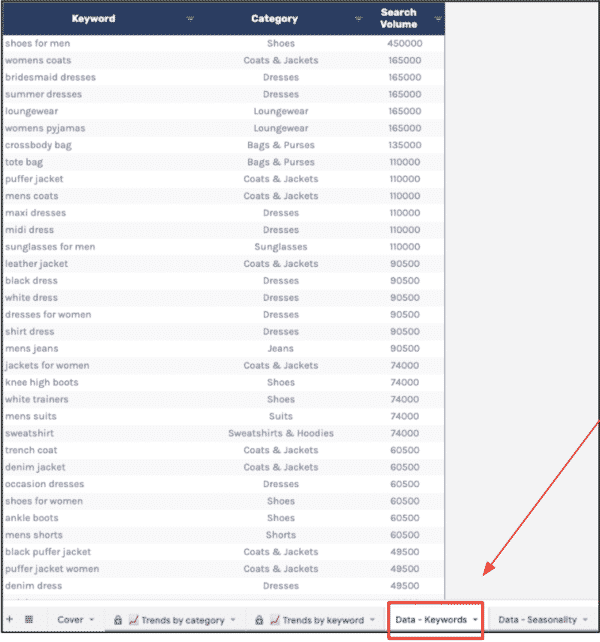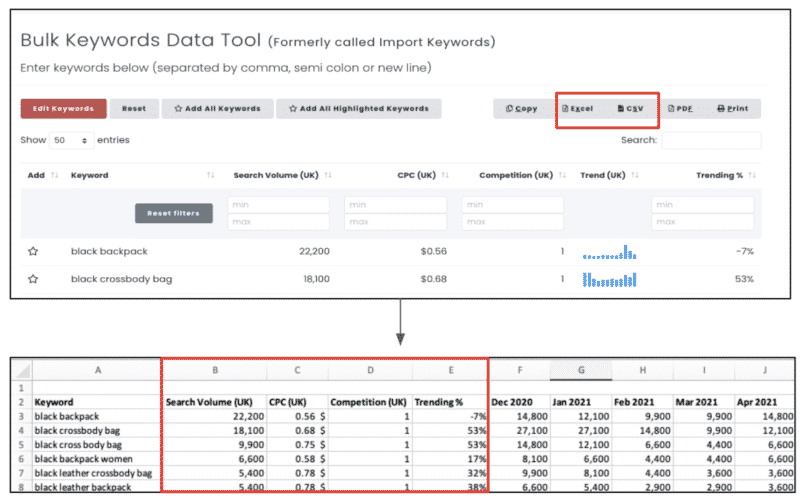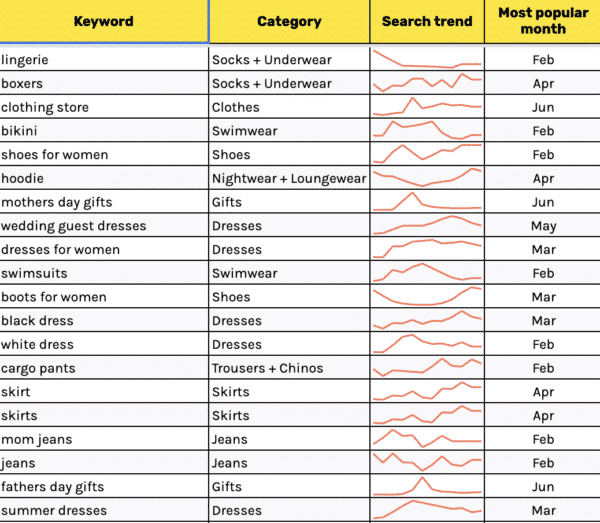Seasonal SEO: How to Capitalise on Seasonal Customer Behaviour Changes!
Every business is affected by seasonality, whether due to the weather, celebrations, or even a global pandemic!
When we think of seasonality, we immediately think of peak seasons such as Christmas, Black Friday, and Mother’s Day, but there is actually far more to it. Seasonality can be expected in any business and therefore digital marketing strategies need to account for these trends and changes in buyer behaviour.
In this article, I’ll explain why seasonality is essential for SEO, and show you how to identify changes in seasonal behaviour.
What Does Seasonal SEO Mean?
Seasonal content drives most search traffic during certain times of the year. Therefore, seasonal SEO aims to engage users based on their behaviour and drive conversions during specific periods.
There are two types of seasonal SEO strategies:
- Event-based: This includes events such as Christmas, Black Friday, Cyber Monday, Mother’s Day, etc
- Time-based: This includes Spring, Summer, Autumn, Winter or specific trending months.
By creating content for seasonal events, you will be able to reach new customers and boost conversions. To be effective, you should focus on products or services that are seasonally dependent, like Christmas gifts or ski clothing.
However, specific seasonal events are not the only cause of search behaviour and sales spikes. For example, there are certain times of the year when shoppers are more likely to search for brightly coloured clothes. Perhaps, certain activities become more frequent, like beach season, hiking season or wedding season.
Throughout this article, I’ll cover how you can plan the content for a time-based strategy and what to do with the data.
Tip: If you’re interested in event-based strategies, you may find our article on how to launch a successful holiday campaign helpful.
Why Is Seasonal Data Important for SEO Strategy?
By collecting seasonal data, your SEO strategy will be more effective. It will help you align your content and plan a strategy to meet your customers’ needs. Additionally, it helps generate more qualified leads and increase conversions based on user intent.
The main benefits of including seasonal content in your business are:
- Answer your customer’s specific needs – By providing relevant content to consumers when they’re shopping, will boost your seasonal sales.
- Higher conversions – Optimising content for seasonal products will enhance your long-term SEO strategy since user intent is specific and immediate.
- Increase brand awareness – By ranking your seasonal products/services well, customers will remember your brand even if they don’t purchase initially.
Identifying Holiday and Seasonal Behaviour Changes
I’ve found a few powerful resources that you can use to help you identify seasonal trends in your industry and your specific business, including:
Google Trends helps you understand what audiences are searching for and what they are interested in real-time. Google trends can be used to analyse customer behaviour and determine fluctuations in popularity.
The example below shows the search trend for “party dresses” in the UK in the last five years. A spike usually occurs at the end of November and continues until mid-December every year. So this suggests that during September and October, you should plan your content around “party dresses” in order to take advantage of seasonal traffic.
The tool gives you further options to filter by specific period and country relevant to your business. You can also compare up to four keywords or terms in one report, getting search data on the search period.
Using the SEO monitor trends tool, you can find specific changes in search volumes based on YoY trends by industry, niche, and topic. Take a sneak peek at your industry and identify the top trending keywords compared to last year.
Additionally, you can enter your domain in the “niches” tab to see which keywords changed the most Year-Over-Year.
- Create your seasonal dashboard
The best way to determine seasonality is to look at the volume of monthly searches. Research suggests that being the first to implement SEO seasonal content will give you a competitive advantage.
Organising Your Seasonal Dashboard
Another powerful option is creating your own seasonal dashboard. We have been inspired by a template created by Sam Underwood. With this template, you’ll be able to create your own seasonal dashboard easily. For that, you will need to first:
- Complete your own keyword research
- Categorise your keyword research file
- Install Keywords Everywhere tool
- Make a copy of the SEO seasonality template
Once those tasks are done, you can get started! Here are the steps to creating your own seasonal dashboard::
Step 1:
Create a copy of the keyword research template once the keyword research file is ready.
Step 2:
As a next step, you’ll need to add your keyword research to the template. Go to the “Data – keywords” tab and add your list of grouped keywords.
This is an example of a list you should have:
Step 3:
Now it’s time to get the trend data using Keywords Everywhere. After installing the tool, go to “Bulk – Keywords Data” to import your list of keywords.
By using this feature, you can quickly get the search volume, CPC, competition, and 12-month trend data. It allows you to import up to 10k keywords at once.
Step 4:
Once you get the metrics, export the CSV file. Removing unnecessary columns: CPC, competition and trending % aren’t required.
Step 5:
Paste the trend data into the ‘Data – Seasonality’ tab to get trends results by category and keyword.
Conclusion:
Hopefully, this blog has given you some great ways to identify search behaviour, so you can start to identify your seasonal patterns. As a result, you will be in a better position to anticipate traffic spikes for the coming year and plan your content accordingly.
Creating your own seasonal dashboard and publishing content based on your business’s seasonal needs will influence search traffic and position your business to maximise ROI.
If you require assistance, the Re:signal team is available to help. Feel free to contact us for more information.
Resources:
Seasonal SEO Tips and Tricks, by Carmelon Digital
Get Seasonal with your Keyword Strategy, by Similiarweb
How To Seriously Rock Your Revenue With Seasonal SEO, by Search Engine Journal
Seasonal SEO: Identifying your merriest times of the year, by Search Engine Land
Using monthly search volumes to measure seasonality, by Sam Underwood



